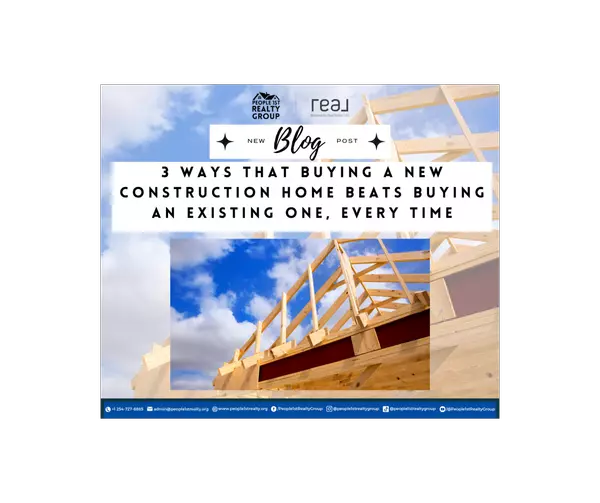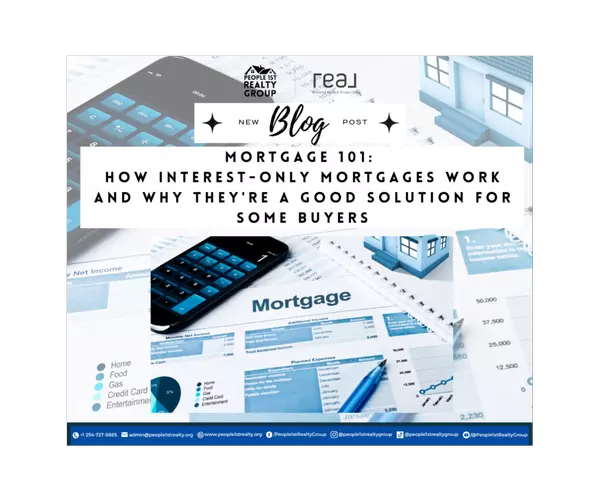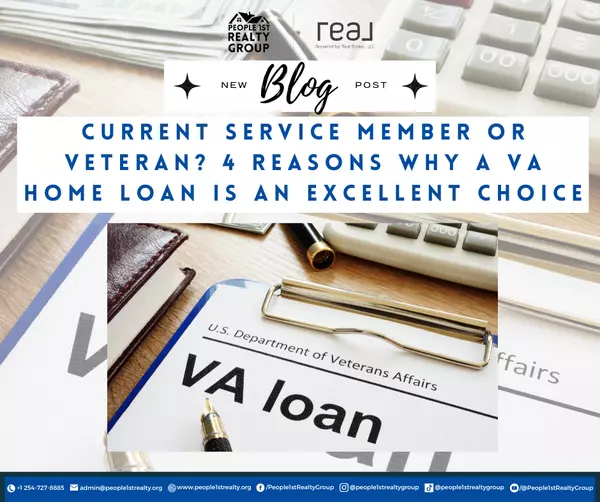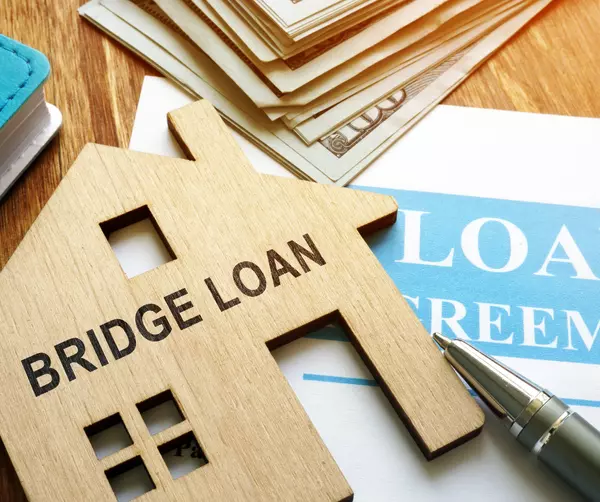
Understanding 'Bridge' Financing: How to Buy a New Home Before You Sell Your Current One
One of the biggest challenges a homeowner can face when looking to upgrade or move is trying to sell their current home while buying another. If most of your net worth or equity is locked up in your current house, you will need to move it into cash to help fund the purchase of your new home. The a
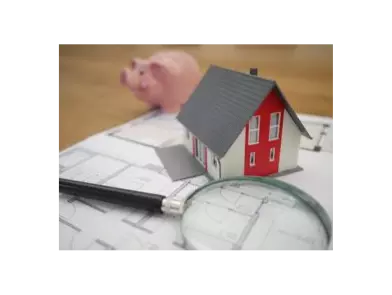
You Ask, We Answer: How Do I Know If It's a Good Idea to Refinance My Mortgage?
You Ask, We Answer: How Do I Know If It's a Good Idea to Refinance My Mortgage? Are you interested in paying less per month on your mortgage? Or perhaps you would prefer if your mortgage was paid off a couple of months – or years – faster? If you are a homeowner with a mortgage, one option that is
Categories
Recent Posts
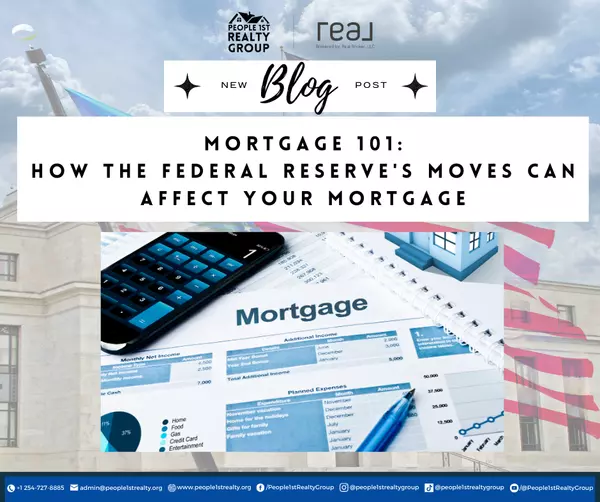


![5 Tips When Looking for [City] Homes for Sale](https://cdn.chime.me/image/fs/cmsbuild/20231113/10/w600_original_abbe5ce5-5c33-4abb-8594-e871a2f6fd70-png.webp)
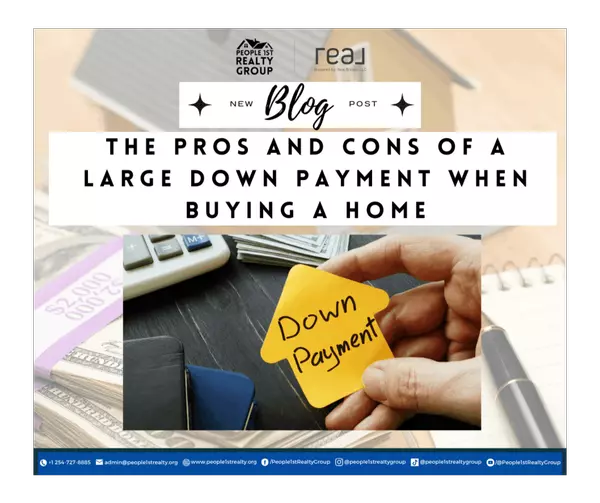

![7 Fun and Easy Housewarming Gifts for A [City] Home](https://cdn.chime.me/image/fs/cmsbuild/2023918/13/w600_original_ca2cb0e6-2f5b-4b0e-8f85-541223923cb5-png.webp)
